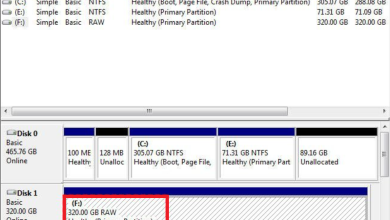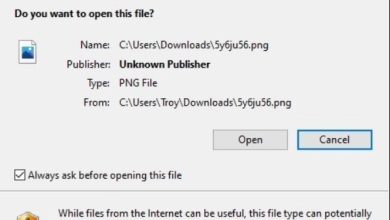How to Lock Your Windows PC Remotely — 4 Easy Methods
Have you ever stepped away from your computer and realized it was still unlocked? In a busy café, a shared office, or even at home, an unattended Windows device leaves your files, emails, and privacy wide open. Fortunately, you don’t have to sprint back to press Win + L—Windows (and a few third-party tools) let you lock your PC remotely from another computer or even from your phone.
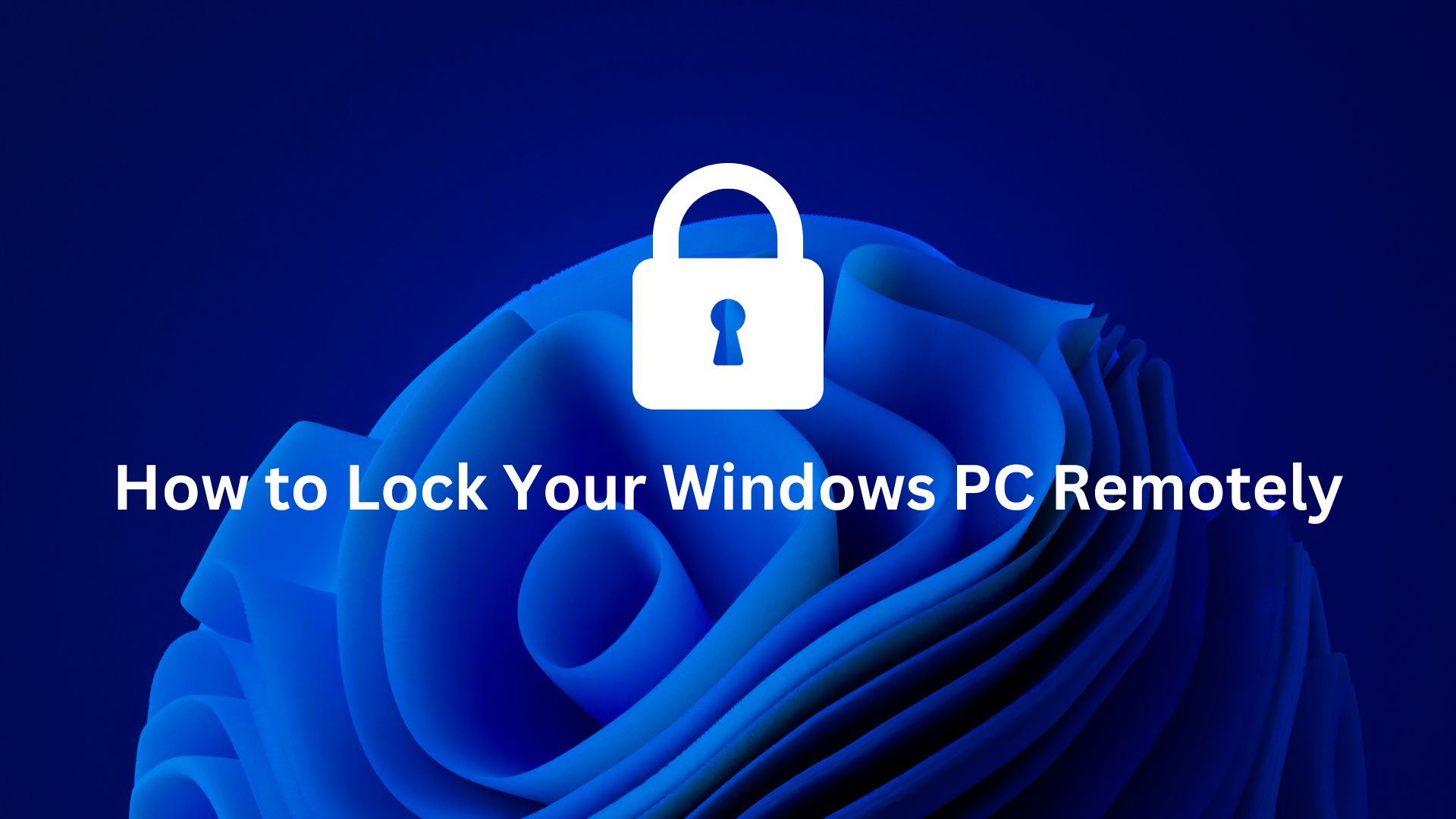
- Microsoft Find My Device (Phone or Browser): True one-click remote lock—requires a Microsoft account and internet access.
- Dynamic Lock (Local Auto-Lock): Hands-free locking when you—and your paired phone—walk away.
- Remote Desktop (PC → PC): Full-control session if RDP is enabled beforehand.
- Parsec (High-Performance Remote Access): Low-latency, gamer-grade option; mobile client available.
Heads-up: Each method except Find My Device requires a quick one-time setup in Windows before you can trigger the lock remotely. We’ll highlight those prerequisites at the start of every section.
Method 1. Lock Windows Using Your Microsoft Account
The quickest way to lock your PC remotely is through Microsoft’s Find My Device service.
| Pros | Cons |
|---|---|
|
|
Prerequisites (set once):
- Windows 10 v2004 + / Windows 11 device already signed in with a Microsoft account that has administrator rights.
- Settings › Privacy & Security › Find my device turned On on the PC.
- The device has an active internet connection and Location Services enabled.
- On your phone or another computer, open account.microsoft.com/devices and sign in with the same Microsoft account used on the PC.
- Select the Devices tab, find your PC, and click Show details.
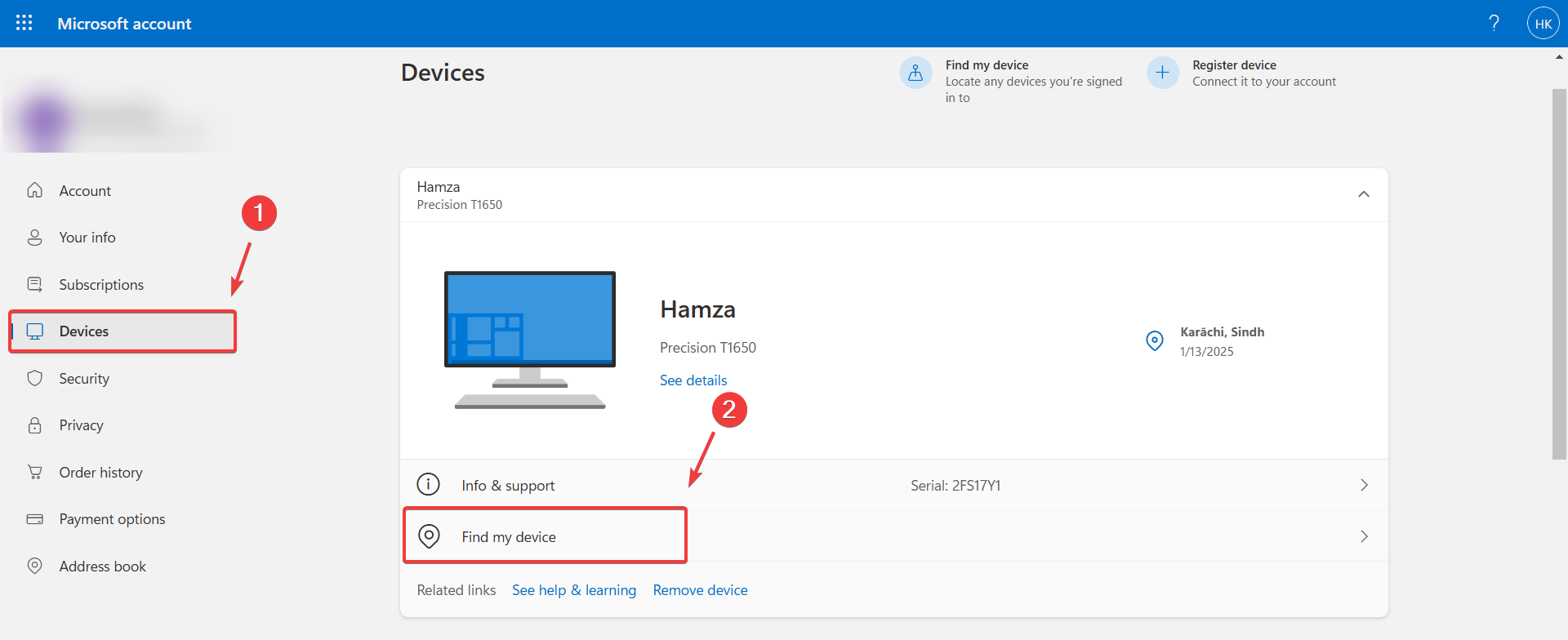
- Choose Find my device, then press Find.
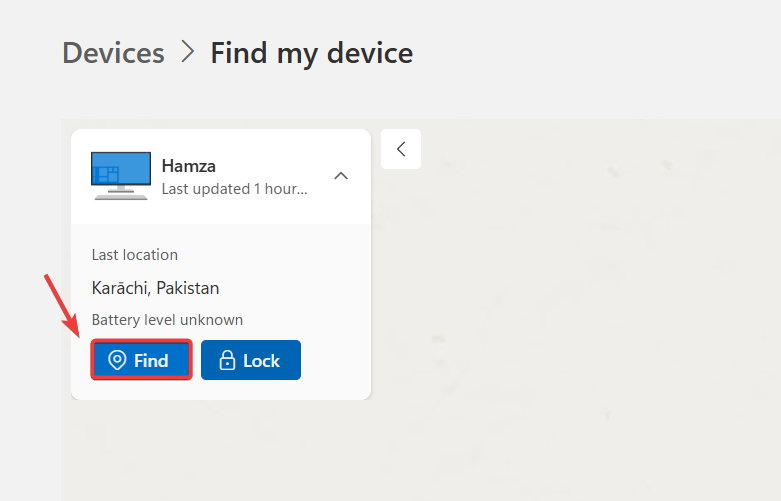
- When the map shows your PC’s last known location, click Lock.
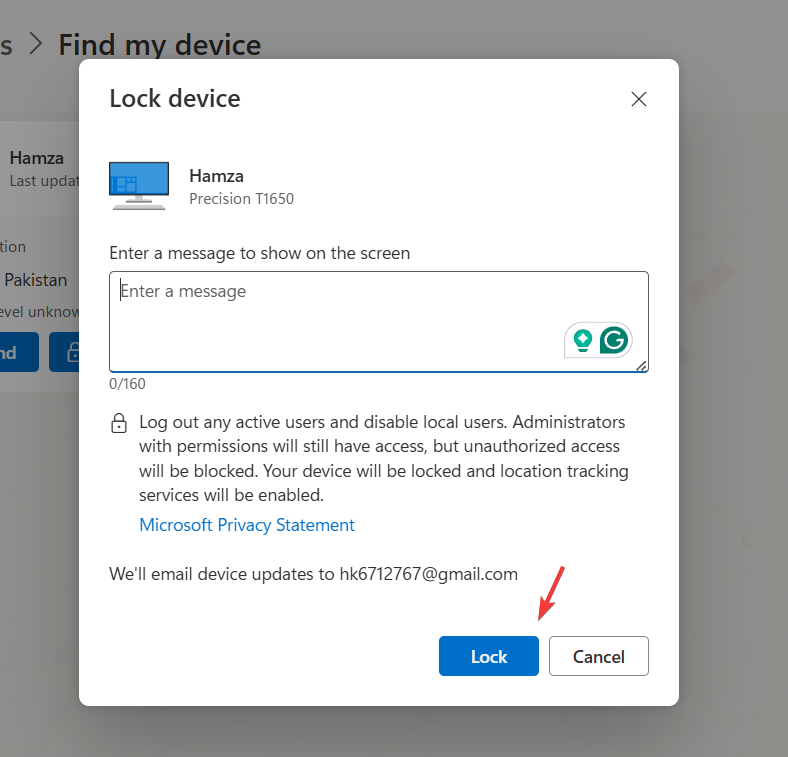
- (Optional) Enter a brief, non-personal message—e.g., “Device locked. Please contact the owner.”—and confirm Lock.
- You’ll receive confirmation on the web page. The PC will display a blue lock screen and require the account password or PIN to sign back in.
Method 2. Use Dynamic Lock for Automatic Local Lock
Prerequisites (set once):
- Windows 10 v1709 + or Windows 11 device with Bluetooth hardware enabled.
- A phone, smartwatch, or other Bluetooth device you routinely carry.
Note: Dynamic Lock cannot be triggered manually from another device; it simply locks your PC when the paired device moves out of range.
| Pros | Cons |
|---|---|
|
|
- Open Settings › Bluetooth & devices, click Add device, then follow the pairing prompts.
- Open Dynamic Lock settings (path varies slightly by build):
- Windows 11 23H2 +: Settings › Accounts › Sign-in options
- Older builds: Settings › Accounts › Sign-in options › Dynamic Lock
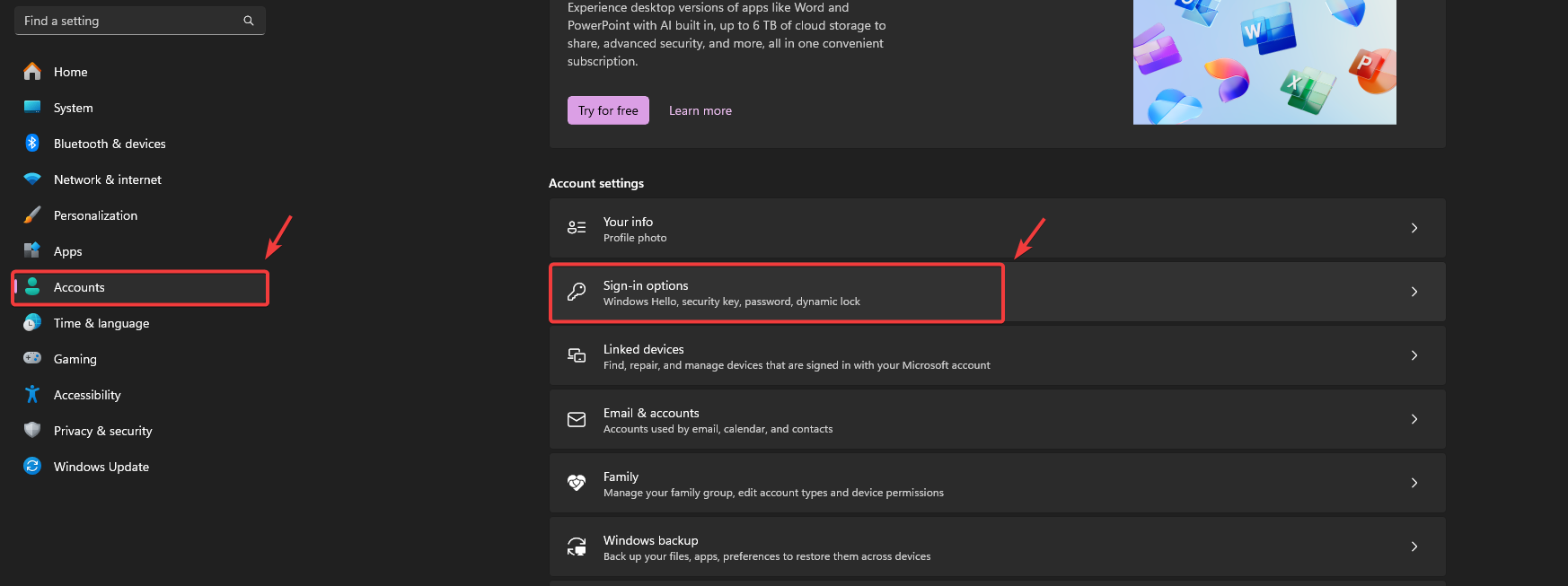
- Scroll to Dynamic Lock and select Allow Windows to automatically lock your device when you’re away.
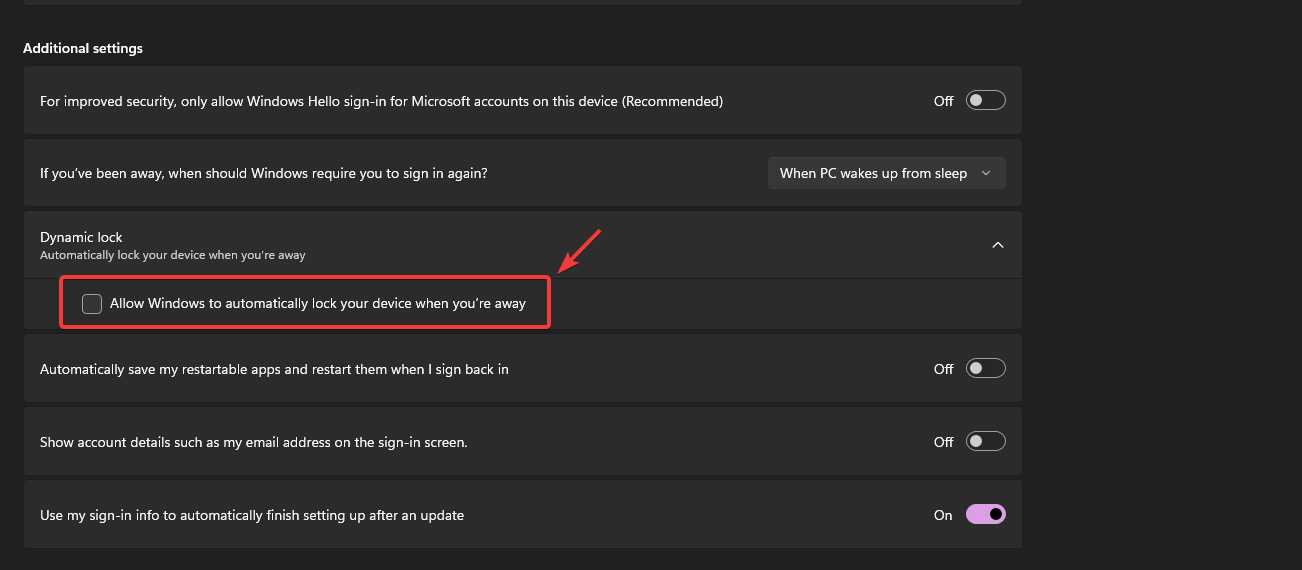
- Walk at least 20 – 30 feet (6 – 9 m) away with the paired device; Windows should lock roughly 30 seconds after the Bluetooth link drops.
Method 3. Lock Windows via Remote Desktop (Advanced Users Only)
Prerequisites (set once):
- Host PC running Windows 10/11 Pro, Enterprise, or Education (RDP isn’t available on Home edition without third-party tweaks).
- Settings › System › Remote Desktop toggled On; the user added to the Remote Desktop Users group.
- Host PC left powered on and connected to the network.
- A strong account password or PIN (blank passwords are rejected by RDP).
- If connecting over the internet: VPN, Remote Desktop Gateway, or port-forwarding on TCP 3389 already configured.
| Pros | Cons |
|---|---|
|
|
- On the host PC, open Settings › System › Remote Desktop, turn Remote Desktop On, confirm Network Level Authentication, and note the PC name.
- On the client device (another PC or phone), launch the Microsoft Remote Desktop app.
- Enter the host’s PC name (LAN) or public IP/Gateway address (internet), plus the Windows username.
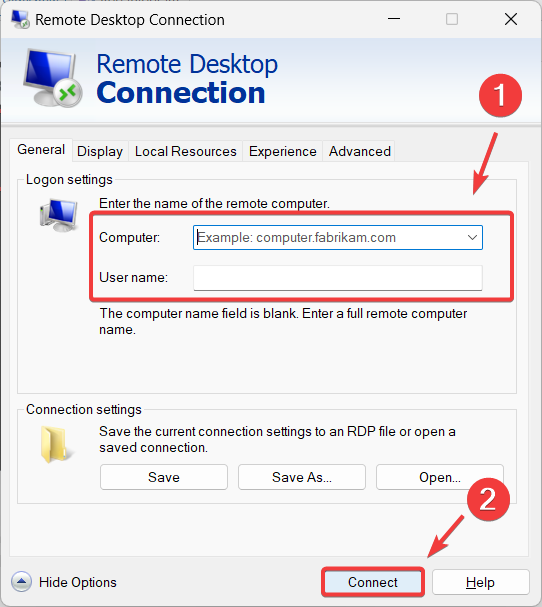
- Select Connect and type the account password when prompted.
- In the remote session, press Ctrl + Alt + End (mobile app: tap keyboard → Ctrl + Alt + Del) and choose Lock.
- Disconnect the session by closing the Remote Desktop window or tapping Sign out.
My Personal Favorite: Lock Windows Using Parsec
Prerequisites (set once):
- Parsec installed and logged in on both the host PC and the second device (Windows, macOS, Linux, Android, or iOS).
- Host PC left powered on and connected to the internet.
- Both accounts added as friends in Parsec, or Same Account login enabled.
- Optional but recommended: Privacy Mode (Teams or Warp tier) to auto-blank and lock the host on connect.
| Pros | Cons |
|---|---|
|
|
- Download and install Parsec on the host PC and the second device.
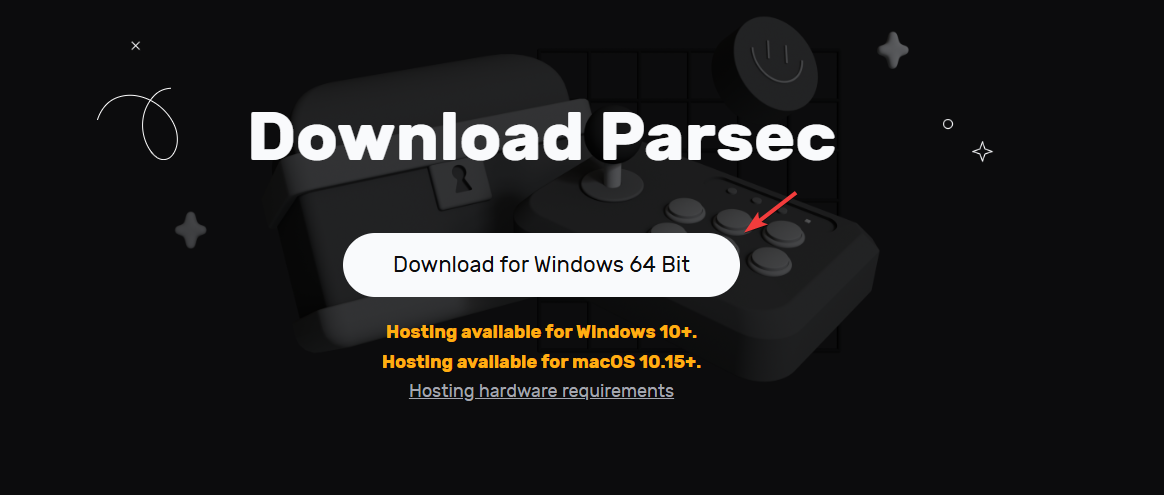
- Launch Parsec on both devices, sign in, and verify email/2FA if prompted.
- On the second device, click Add Friend, enter the host’s Parsec username, and accept the request on the host.
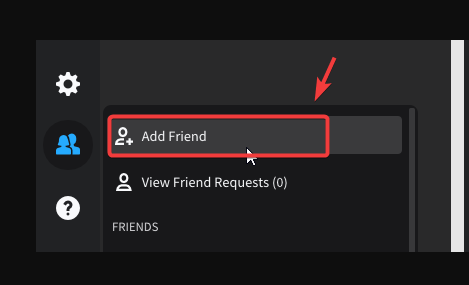
- From the second device, select the host PC under Computers and click Connect.
- Inside the Parsec overlay, press Ctrl + Alt + End (or open Parsec Menu ▸ Send Ctrl+Alt+Del) and choose Lock on the Windows Security screen.
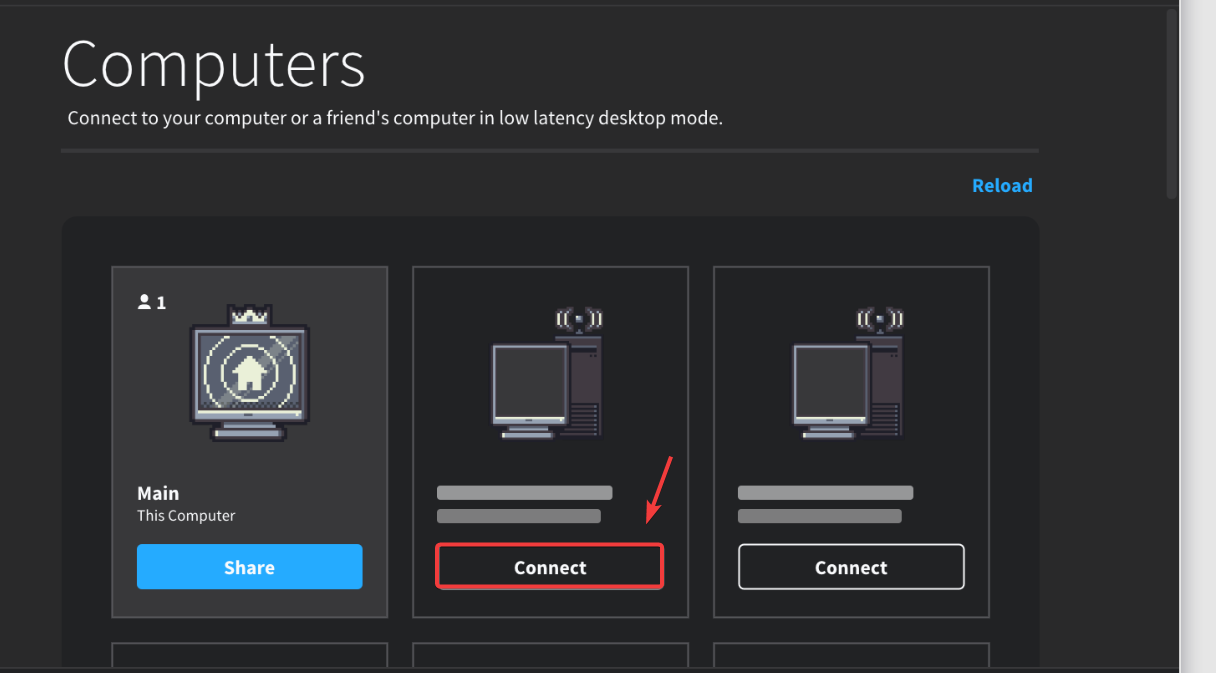
- Disconnect from Parsec; the host remains locked and displays the Windows sign-in screen.
